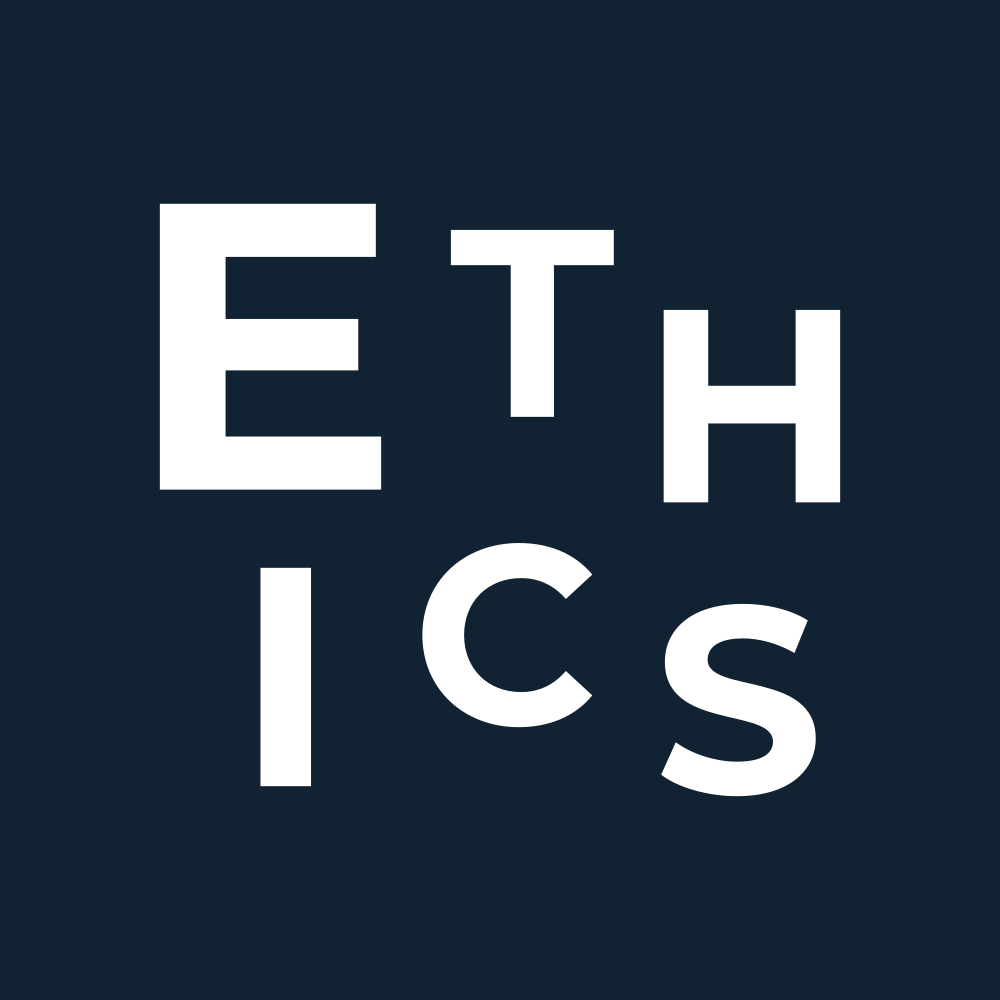Our Sleep and Dream Research Projects
Want to get involved? Fill out our get involved form to let us know about your skills and interests. We look forward to hearing from you!
Interactive Dreaming
In our Interactive Dreaming project, we explore the potential for conscious interaction with reality from within lucid dreams. Previous studies have hinted at limited communication possibilities (see our open access proof-of-concept study in Current Biology, wikipedia entry, detailed interview), but our aim is to push these boundaries. We seek to unlock real-world applications like sleep learning, dream entertainment, therapy, and artistic expression, while also enhancing its utility for sleep research. Importantly, we prioritize ethical considerations in all our pursuits.
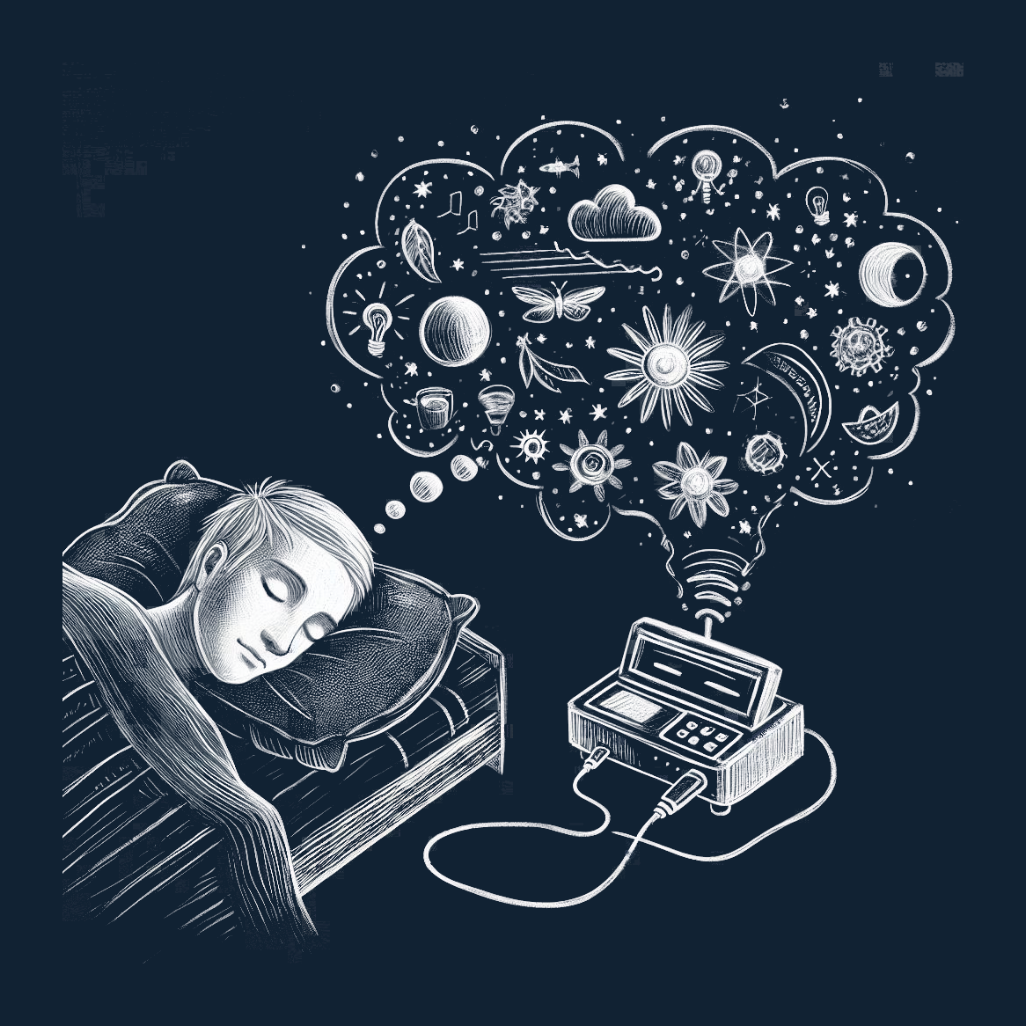
The Restaurant for Sleep and Dreams
In our smartphone app, The Restaurant for Sleep and Dreams, an AI chef prepares sleep and dream recipes tailored to your individual sleep and dream wishes. It bridges the gap between professional sleep research and private users, allowing both professional scientists and everyday people to share their best practices for improving sleep and dreams. The app is designed to be user-friendly, and offers community features such as recipe sharing and discussion forums. It will be available for both Android and iOS devices this summer, will be open sourced in the near future, and will be free to use.
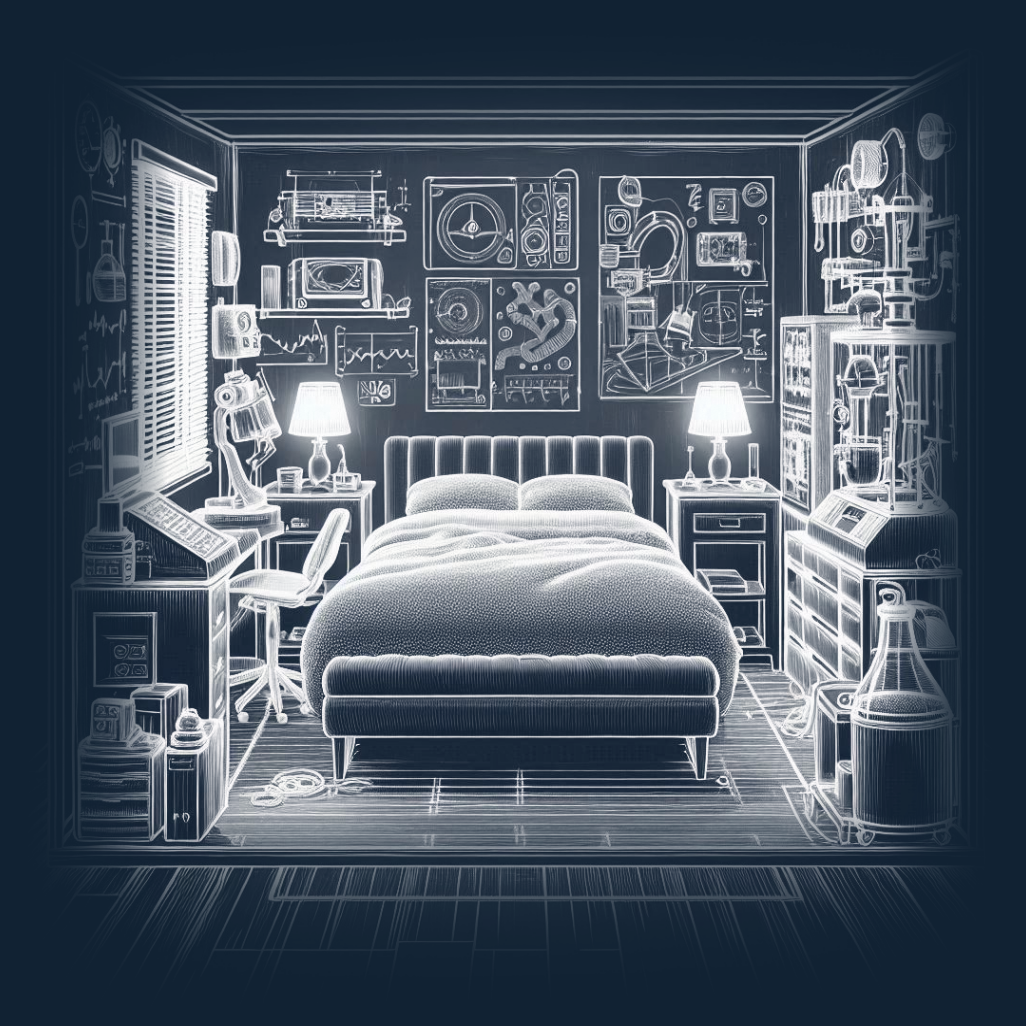
TechTree
In our TechTree project, we research the interdependencies between existing and emerging sleep and dream technologies. An interactive representation of these technologies helps both citizen and professional scientists clearly understand the interconnected landscape and foster innovation.
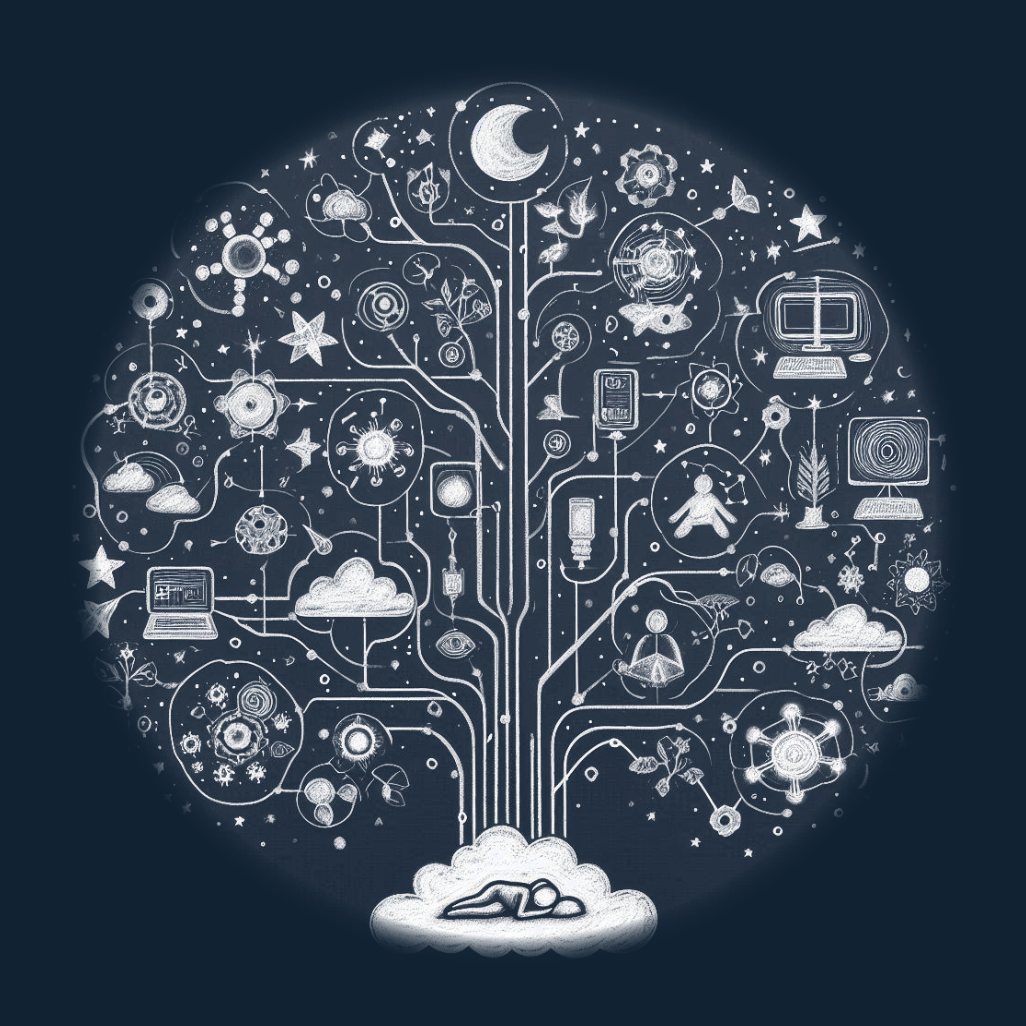
Traumschreiber
In our Traumschreiber project, we develop a hightech sleep mask that can measure your brainwaves, eye movements, and other vital sleep data. The mask is designed to be comfortable, user-friendly, and affordable. It is a valuable tool for both professional sleep research and citizen scientists.
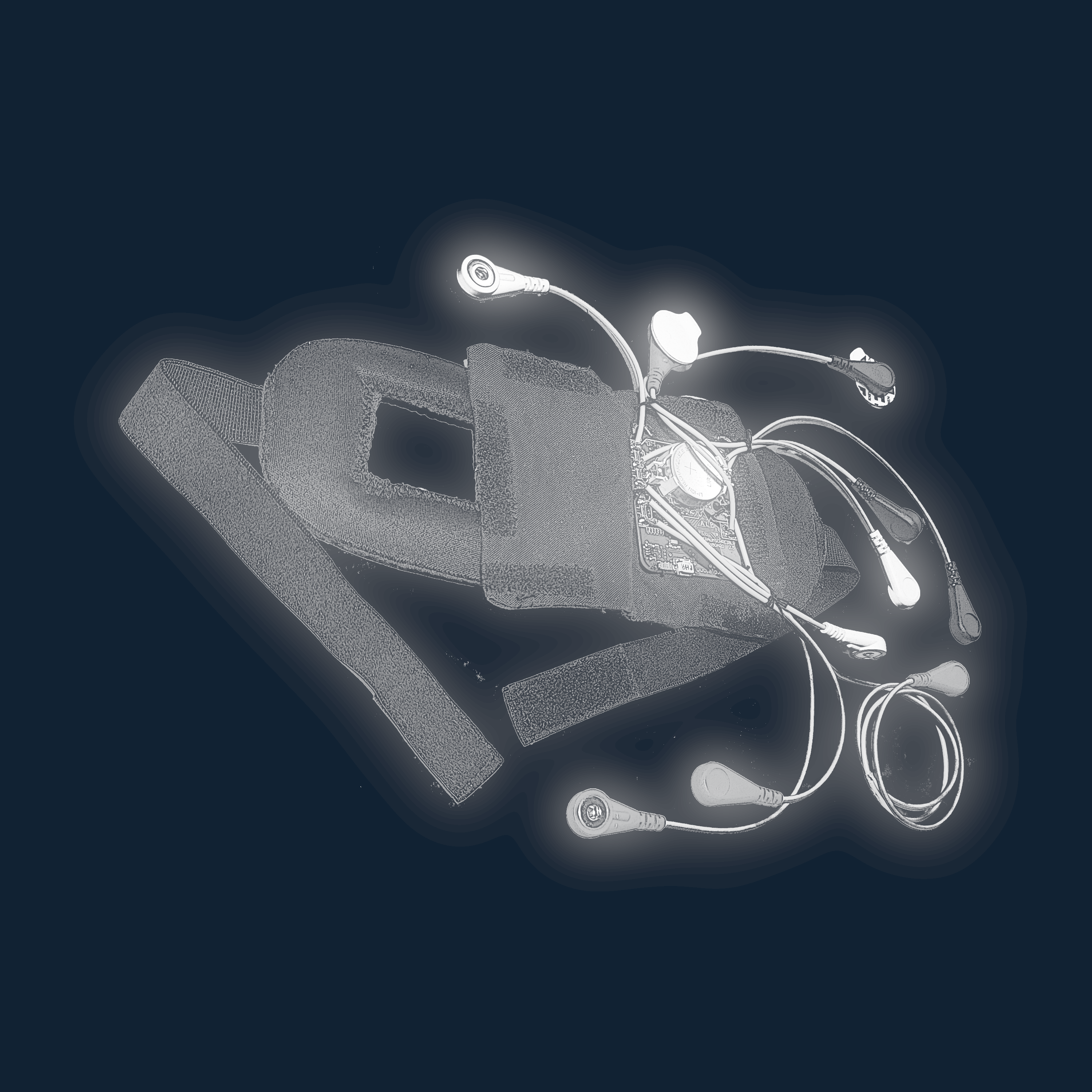
Ethics of sleep and dream technologies
New technologies in sleep and dream domains bring opportunities and challenges - see the op-ed letter on dream advertising that we signed, for example. This project delves into the ethical implications of our work, aiming to establish a monitoring system for risks connected to new sleep and dream technologies. Our long-term goal is to navigate these risks and find ways to mitigate them, ensuring responsible development and usage.
